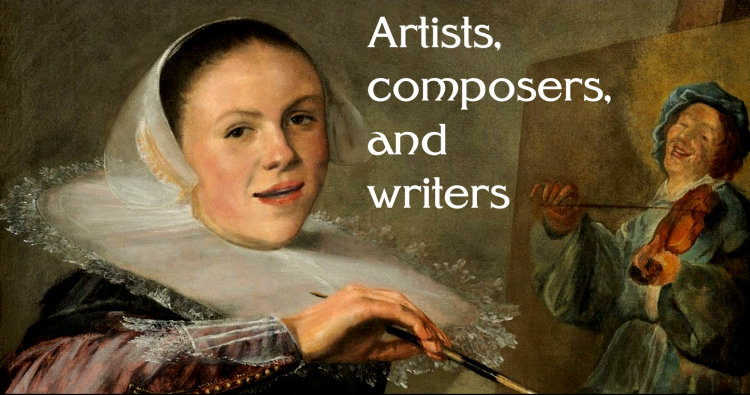7. Crossroads of Europe.
This class is triggered by opera and mostly about opera. When I chose the subject of Vienna in the 1780s, I had assumed that I
would be able to take the clash of cultures that we see in music and illustrate it in my normal manner, with reference to the
visual arts and literature. Alas, this has proved more difficult than I thought, though the situation with opera has turned out
to be even more interesting; I hope I can convince you of this.
We look at the situation dramatized by Peter Shaffer in his play and film Amadeus, when the young Mozart comes to Vienna
in 1782, and produces a German opera, three Italian ones, and another German masterpiece before his early death. What does this
tell us of the cultural climate under Emperor Joseph II, and of Vienna itself, less notable as the center of a national style than
as the filter bed for influences from the South, the North, the West, and even from the East? What are the historical and
geographical causes of this confluence of cultures, and how is it reflected in the non-musical arts?
Nevertheless, the second half of the class will be entirely devoted to opera, taking us from Italian tragedy to German comedy and
beyond. While we shall end with excerpts from two masterpieces that premiered in Vienna—Mozart's Magic Flute and
Beethoven's Fidelio—we will trace the journey there through less familiar pieces by Salieri, Gluck, Haydn, and others.
The script, videos, and images will be posted immediately after class.
Here are brief bios of the artists and poets considered in the class, listed in chronological order of birth.
You can access all biographies via the BIOS link on the syllabus page.
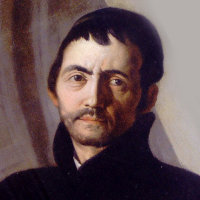 |
Fra Andrea Pozzo, 1642–1709. Italian painter.
A Jesuit lay brother, he is most famous for his masterpiece, the ceiling fresco in Sant'Ignazio in Rome, perhaps the most stupendous feat of illusionistic painting ever accomplished. He also worked in several other cities, including Vienna, and published a treatise on architectural painting which was widely influential.
|
 |
Fischer von Erlach, 1656–1723. Austrian architect.
As an architect, Fischer built the palace of Schönbrunn, the National Library, and the Karlskirche in Vienna, together with other important buildings throughout Austria. As an author, he wrote a comprehensive book on European architecture which had a profound influence on subsequent taste.
|
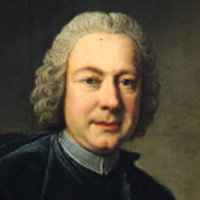 |
Pietro Metastasio, 1698–1782. Italian poet.
Born and educated in Italy, Metastasio was appointed Court Poet in Vienna in 1730. His opera libretti, which were set by many diferent composers, virtually defined the genre of opera seria: ennobling subjects drawn from history, a small cast of characters, conflicts between duty an affection expressed through a series of solo arias.
|
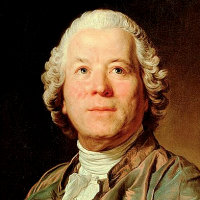 |
Christoph Willibald von Gluck, 1714–87. German composer.
After training in Italy, he accepted a position in Vienna in 1754, where he embarked on his reforms of the old opera seria. He moved to Paris in 1770. Most of his operas, whether in Italian or French, have mythological themes, and his Orfeo ed Euridice (1762) and Echo et Narcissse (1779) have Ovidian ones.
|
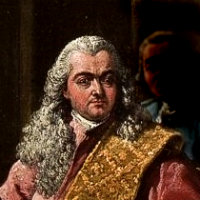 |
Bernardo Bellotto, 1721–80. Venetian painter.
The nephew and former assistant to Canaletto, he sometimes used his name when working outside Italy, as he did in the later part of his life, painting vedute (views) of Vienna and other northern cities in a similar style to his uncle's, though generally darker and less fanciful.
|
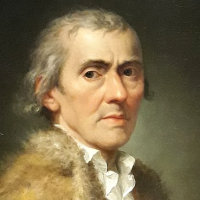 |
Martin Knoller, 1725–1804. Austrian painter.
Born in the Tirol, Knoller worked at first in Austria, specializing in church and palace frescoes. He later moved to Italy, where he was influenced by neoclassicism.
|
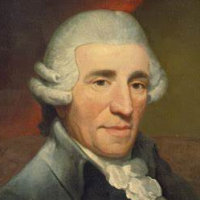 |
Franz Joseph Haydn, 1732–1809. Austrian composer.
With Mozart, Haydn was the leading musical genius of the late 18th century. Equally prolific, but far longer lived, he wrote 104 symphonies, 68 string quartets, 16 operas, and 14 masses, together with the two great oratorios, The Creation and The Seasons.
|
 |
Pierre-Augustin Caron de Beaumarchais, 1732–99. French playwright.
Wikipedia begins: [Beaumarchais] "was a French polymath. At various times in his life, he was a watchmaker, inventor, playwright, musician, diplomat, spy, publisher, horticulturist, arms dealer, satirist, financier, and revolutionary (both French and American)." Two of his three Figaro plays, The Barber of Seville (1775) and The Marriage of Figaro (1784), have been immortalized as operas by Rossini and Mozart respectively.
|
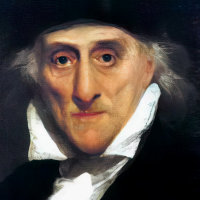 |
Lorenzo da Ponte, 1749–1838. Italian poet.
Da Ponte's lasting claim to fame is as librettist for Mozart's Marriage of Figaro, Don Giovanni, and Così fan tutte. But he also wrote for numerous other composers, including Salieri. He spent the last years of his life in New York, trying to etablish an opera company.
|
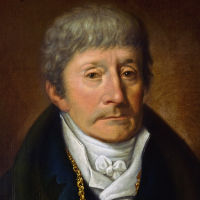 |
Antonio Salieri, 1750–1825. Italian composer.
Though famous in legend as Mozart's nemesis in Vienna, Salieri was the more successful composer in his day, writing over twice as many operas, including Europa riconosciuta, about the later life of Ovid's heroine, which inaugurated the La Scala opera house in 1778. He also wrote operas in French for Paris, and a couple of comic operas for performance back home.
|
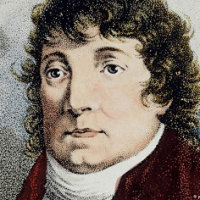 |
Emanuel Schikaneder, 1751–1812. German actor and impresario.
Born in Bavaria, Schikaneder moved to Salzburg as a young man, where he befriended the Mozart family, and thence to Vienna, where he was first a member of the Emperor's company, then set out on his own as manager of the Theater auf der Weiden. It was in that capacity that he commissioned, wrote the words for, and starred in Mozart's Magic Flute (1791).
|
 |
Wolfgang Amadeus Mozart, 1756–91. Austrian composer.
A child prodigy as both performer and composer, Mozart produced an extraordinary body of work in all genres over a relatively short life. He wrote the greatest of his many operas after moving to Vienna: three collaborations with Lorenzo da Ponte—The Marriage of Figaro (1786), Don Giovanni (1787), and Così fan tutte (1790)—framed by two German Singspiels: The Abduction from the Seraglio (1782) and The Magic Flute (1791).
|
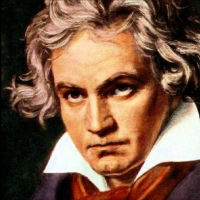 |
Ludwig van Beethoven, 1770–1827. German composer, working primarily in Vienna.
The dominant composer of his time, Beethoven wrote 9 symphonies, 16 string quartets, 32 piano sonatas, and one opera, Fidelio, which he labored on in several versions between 1805 and 1814. From about 1800 onwards, increasing deafness gradually put an end to his performing career, although he wrote some of his finest works when totally deaf. He is one of the first composers to exhibit a distinct late style.
|
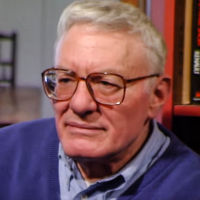 |
Peter Shaffer, 1926–2016. English playwright.
Sir Peter Shaffer's plays have been associated with the English National Theatre since its founding; they include The Royal Hunt of the Sun (1964), Black Comedy (1965), Equus (1973), and Amadeus (1979). He was the twin bother of mystery playwright Antony Shaffer, author of Sleuth (1970).
|



























